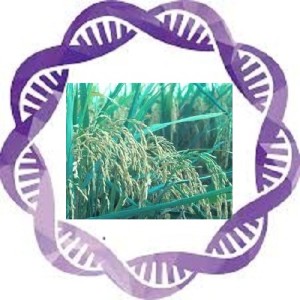The genome of a plant or microbe is the totality of its genetic information including all the genes and the non-transcribed sections of the DNA. Genomics is the study of the complete genetic content of an organism. The world’s first genome of a crop plant that was completely sequenced is Rice genome. Rice like Arabidopsis is a model experimental plant. The reason behind the selection of rice belongs to grass family, short generation time and has a smaller genome and the greatest biodiversity of cereal crops. Rice also has a high degree of colinearity with the genomes of wheat, barley and maize. The genome size of rice is 400 millions base pairs. It has a power of substantial conservation of gene order. Genome repeatedly allows prediction of gene position across cereals.
Rice has a simple genetic system called dipoloid and disomic inheritance and it has enormous number of genes controlling agronomically important traits. In the genus of Orzya, a wide genetic diversity is present.
The methods used for sequencing the rice are clone by clone, shot gun Sequencing and map based sequencing.
Rice genome is sequenced due to the advantages of genetic diversity and productivity improvement.
Applications and impact of rice genomics are:
(i) Development of gene specific markers for marker assisted breeding of new and improved rice varieties.
(ii) To understand plant evolution and the differences between monocots and dicots.
(iii) To understand how a plant responds to the environment and which gene controls various functions of the plant.
(iv) To improve the nutritional value of rice
(v) To enhance crop yield by improving seed quality, resistance to pests and diseases and plant hardiness
(vi) Useful in identifying plant specific genes that can be potential herbicide targets
The rice genome holds fundamental information in its biological “power” including physiology, development, genetics and molecular evolution. The next step in rice genomics is functional genomics with the determination of the function of the genes

